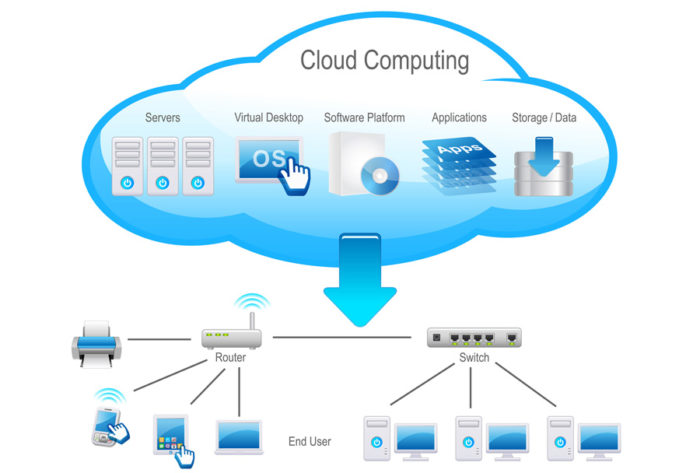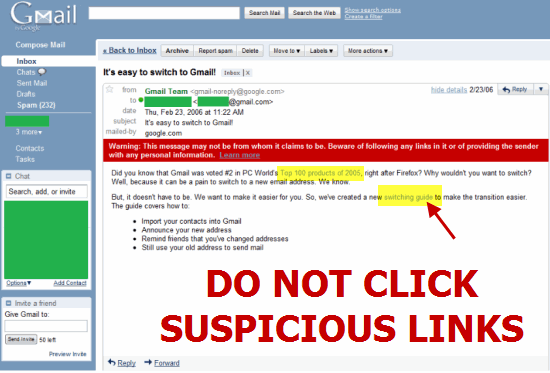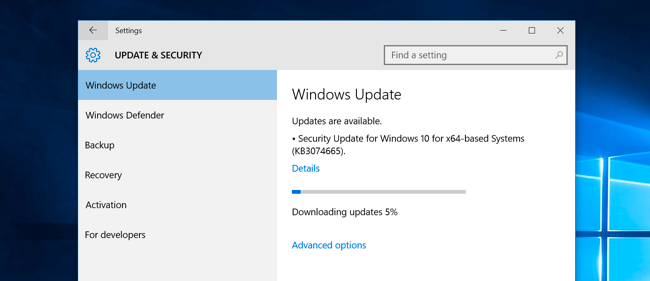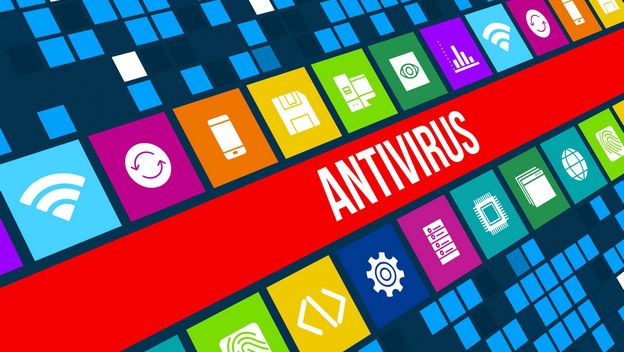With frightful malware like Locky making the rounds—encoding its casualties’ documents, and after that declining to open them unless you pay up—ransomware is a genuine cerebral pain. Be that as it may, not all ransomware is so troublesome.
You can expel numerous ransomware infections without losing your records, yet with a few variations that isn’t the situation. In the past I’ve examined general strides for evacuating malware and infections, yet you have to apply some particular tips and traps for ransomware. The procedure shifts and relies on upon the sort of trespasser. A few methodology include a basic infection check, while others require disconnected sweeps and propelled recuperation of your documents.
What is Ransomware
Ransomware is a kind of malevolent programming that pieces access to the casualty’s information or undermines to distribute or erase it until a payoff is paid. While some basic ransomware may secure the framework a way which is not troublesome for a learned individual to turn around, more progressed malware utilizes a strategy called cryptoviral blackmail, in which it encodes the casualty’s records, making them unavailable, and requests a payoff installment to unscramble them. In an appropriately actualized cryptoviral coercion assault, recuperating the documents without the unscrambling key is an obstinate issue – and hard to follow advanced monetary forms, for example, Ukash and Bitcoin are utilized for the payoffs, making following and procescuting the culprits troublesome.
Ransomware assaults are normally done utilizing a Trojan that is veiled as a honest to goodness document that the client is deceived into downloading, or opening when it lands as an email connection. In any case, one prominent case, the “WannaCry worm”, voyaged naturally between PCs without client connection.
How to protect your computer from Ransomware
Ransomware is a kind of cyber attack that involves hackers taking control of a computer or mobile device and demanding payment.
The attackers download malicious software onto a device and then use it to encrypt the victim’s information. They threaten to block access to the files until a ransom is paid. It is common for criminals to ask for a fee between 0.3 and 1 Bitcoins (£400 – 1,375).
Such attacks are mostly waged against businesses, but can also affect individuals.
Here are some ways to protect yourself from ransomware.
1. Back up your files and records
The greatest damage people suffer from a ransomware attack is the loss of files, including pictures and documents.
The best assurance against ransomware is to move down the majority of the data and documents on your gadgets in a totally isolate framework. A decent place to do this is on an outer hard drive that isn’t associated with the web. This implies in the event that you endure an assault you won’t lose any data to the programmers.

2. Be suspicious of messages, sites and applications
For ransomware to work programmers need to download vindictive programming onto a casualties PC. This is then used to dispatch the assault and scramble records.
The most well-known courses for the product to be introduced on a casualty’s gadget is through phishing messages, malignant adverts on sites, and flawed applications and projects.
Individuals ought to dependably practice alert when opening spontaneous messages or going to sites they are new to. Never download an application that hasn’t been confirmed by an official store, and read surveys before introducing programs.

3. Use an antivirus program
A well established PC security tip, antivirus projects can prevent ransomware from being downloaded onto PCs and can discover it when it is.
Most antivirus projects can filter records to check whether they may contain ransomware before downloading them. They can piece mystery establishments from malignant adverts when you’re perusing the web, and search for malware that may as of now be on a PC or gadget.
4. Always install updates
Companies often release software updates to fix vulnerabilities that can be exploited to install ransomware. It is therefore advisable to always download the newest version of a software as soon as it is available.
The vulnerability does not exist within Windows 10, the latest version of the software, but is present in all versions of Windows prior to that, dating back to Windows XP.
As a result of Microsoft’s first patch, users of Windows Vista, Windows 7, and Windows 8.1 can easily protect themselves against the main route of infection by running Windows Update on their systems. In fact, fully updated systems were largely protected from WanaCrypt0r even before Friday, with many of those infected having chosen to delay installing the security updates.

Users of Windows XP, Windows Server 2003 and Windows 8 can defend against the ransomware by downloading the new patch from Windows.
All users can further protect themselves by being wary of malicious email attachments, another major way through which the ransomware was spread.
A of Microsoft’s security response team, Phillip Misner, wrote: “We know that some of our customers are running versions of Windows that no longer receive mainstream support.
5. Secure your web browser
Some product includes that give usefulness to a web program, for example, ActiveX, Java, Scripting (JavaScript, VBScript, and so forth.), may likewise acquaint vulnerabilities with the PC framework. These vulnerabilities may originate from poor usage, poor outline, or an uncertain arrangement. Thus, you ought to comprehend which programs bolster which highlights and the dangers they could present. Some web programs allow you to completely incapacitate the utilization of these advances, while others may allow you to empower includes on a for every website premise.
This segment gives connects that demonstrate to you generally accepted methods to safely arrange a couple of the most well known web programs and how to incapacitate highlights that can cause vulnerabilities. We urge you to visit the seller’s site for every program you use to take in more. In the event that a merchant does not give documentation on the best way to secure the program, we urge you to contact the seller and demand more data.

Various web programs might be introduced on your PC. Other programming applications on your PC, for example, email customers or record watchers, may utilize an alternate program than the one you typically use to get to the web. Additionally, certain record sorts might be designed to open with an alternate web program. Utilizing one web program to physically connect with sites does not mean different applications will consequently utilize a similar program. Therefore, it is vital to safely arrange each web program that might be introduced on your PC. One preferred standpoint to having different web programs is that one program can be utilized for just delicate exercises, for example, web based saving money, and the other can be utilized for universally useful web perusing. Utilizing numerous programs can limit the odds that a weakness in a specific web program, site, or related programming can be utilized to trade off delicate data.
Microsoft Internet Explorer
Microsoft Internet Explorer (IE) is a web browser integrated into the Microsoft Windows operating system. For up-to-date information on security and privacy settings for Internet Explorer, visit http://windows.microsoft.com/en-us/internet-explorer/ie-security-privacy-settings (link is external).
Mozilla Firefox
Mozilla Firefox is a popular third-party browser for Windows, Mac, and Linux. To learn how to keep your information safe and secure with Firefox’s private browsing, password features and other security settings, visit https://support.mozilla.org/en-US/products/firefox/privacy-and-security.
Apple Safari
Apple Safari is installed on its line of computers, tables, and phones. For information on the Safari’s security settings on Apple devices, visit https://support.apple.com/en-us/HT201265 (link is external). For information on Safari installed on computers, visit http://help.apple.com/safari/mac/8.0/ (link is external) and select “Privacy and security” on the menu.
Google Chrome
In 2012, Google Chrome became the most widely used browser worldwide, according to Stat Counter and other sources. For more information on Chrome’s security, safety and reporting features, visit https://support.google.com/chrome#topic=3421433 (link is external) and select the options displayed under the topic.
6. Preventing ransomware and malware infections
Avoiding ransomware is much the same as avoiding other types of other malware.
Always run a good antivirus utility and keep Windows and browser-related components (Java, Adobe, and the like) updated. Keep your browser clean of junk toolbars and add-ons to prevent adware invasions that could lead to malware infections. Always, always be wary of unexpected email attachments and spam.
And just to beat this dead horse one more time: Always have a good backup system in place, just in case your PC does become infected and you can’t recover your files. Yes, it’s that important.

Security experts say users should ensure their computer software is always up to date. Often important security updates are contained within these downloads and can prevent known viruses from infecting a device.
Users should also be vigilant in relation to email and not open any links or download attachments in emails from unfamiliar or possibly suspicious sources.
Experts warn that software, apps and other programs should never be downloaded from unofficial sources as this is another common method for hackers to secretly install malware onto computers.
Pete Turner, from cyber security firm Avast, said: “It’s critical that organisations and employees, particularly those in our most critical sectors like healthcare, start to think pro-actively about how to protect themselves from ransomware.”
